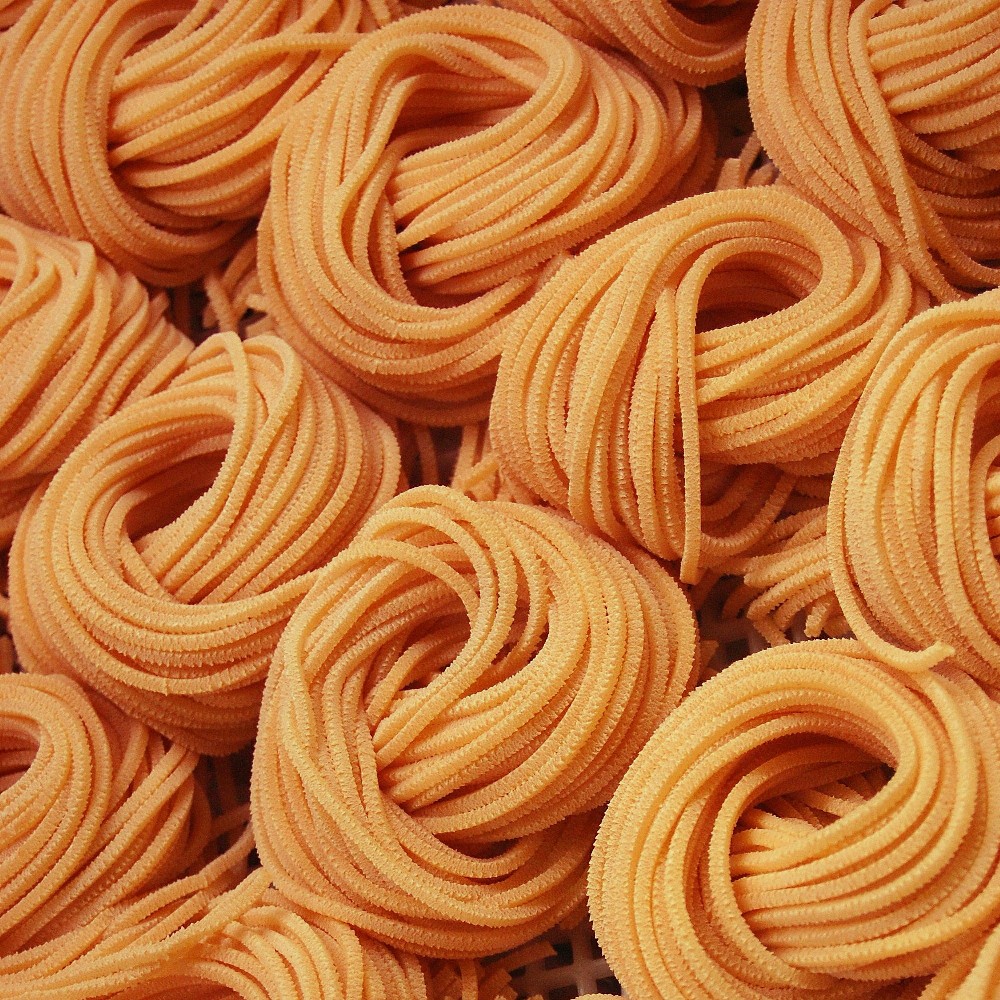Cheap, quick to cook, and readily available, tilapia is an excellent fish to have in your dinner party repertoire. Most importantly – it is incredibly likable. Or, as the Washington Post put it: “It’s the fish that chefs love to hate but shoppers prize, and both for the same reason: this fish isn’t fishy.”
Though we don’t often think of fish as a seasonal commodity, they have a season when their fresh flavor is at its best. Though it depends on the location, salmon season is from spring to late summer and tuna season starts in July. This is the best time for fresh, wild-caught fish, though the farmed or frozen variety can be found at any time of year these days.
So, when is tilapia in season?
All the time, actually. Contrary to most fish, farmed tilapia is said to have a better flavor than wild caught. There is a lot of bad press about fish farms being breeding grounds for disease with fish eat meal laced with antibiotics and potentially toxic additives. Tilapia, however, grows well in a dense environment and is largely disease resistant. It’s even a vegetarian fish, which means it is more nutrient laden than carnivorous fish that are higher up the food chain. The Monterey Bay Aquarium’s Seafood Watch guide actually awarded U.S.-farmed tilapia it’s highest rating.
Okay, it’s relatively eco-friendly . . . but how does it taste? Many chefs don’t like to serve it because it is seen as a weak fish that doesn’t have a distinct flavor of its own. I think this actually an advantage at home, because you are able to match it up with other tastes on your menu. Though it holds flavor well, it is easily overwhelmed, so do be careful what you serve it with. I like to feature it in spring when the rest of the meal is also composed of fresh, light, airy flavors.
Serves: 6 (with side dishes)
Prep time: 15 minutes
Ingredients
- 6 tilapia fillets
- two lemons
- lemon pepper*
- olive oil
- salt
Method
- Remove the fish from the fridge at least five minutes before you plan to cook it, ideally ten. If you purchased frozen fish, make sure to leave it in the fridge early in the day so it will defrost, or use the warm water method.** Do not microwave the fish to defrost it.
- Set a large skillet over medium-low heat.
- In a large plate with curved edges or a wide shallow bowl, squeeze the juice from the lemons and arrange the tilapia fillets in the juice.
- Sprinkle the top of each fillet with a dash of salt and a hearty amount of lemon pepper.
- Flip the fillets and sprinkle salt and pepper the other side.
- Add a tablespoon of olive oil to the skillet and arrange the tilapia fillets in it (or as many will fit at one time).
- Pour the remaining lemon juice over the fillets and turn the heat up to medium.
- Flip the fillets with a large, wide spatula and allow them to cook for a minute on the other side.
- Remove them carefully from the skillet (as the tend to break) and sprinkle with a bit more salt and pepper.
- Pour any remaining pan juices over the fish and serve.
Enjoy!
Note*: Lemon pepper is available in most grocery stores. They have a nice lemon pepper grinder at Trader Joe’s. But it is also easy to make at home. There are some simple instructions here. You can even make some in just ten or twenty minutes before cooking, if you don’t have any on hand and aren’t able to get to the store.
Note**: To defrost fish in warm water, fill a large bowl with hot water from the tap and immerse the fillets, which should be completely sealed in plastic packaging or a plastic bag



COMMENTS ARE OFF THIS POST